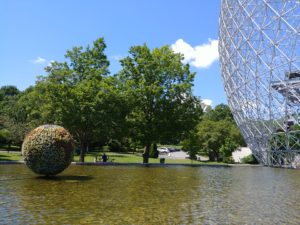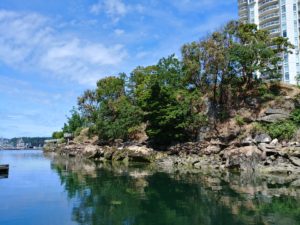Advancing community sustainability requires viewing the community as a complex, adaptive, and networked socio-ecological system through interdisciplinary lens. Elinor Ostrom and Donella Meadows proposed frameworks that emphasise complexity and the need to consider all of the system’s levels (larger systems it is nested in and sub-systems it contains), components (including stocks and flows of assets), external settings, and their interconnections and interdependencies across time and space.
Fluctuations in one community asset (for instance through climate policy adoption or sustainability awareness/education initiatives) can affect other assets or interconnected systems (for instance by increasing community resilience and solutions adoption thanks to elevated skills and competences). Redundancy – or diversity in assets, combined with social justice and involving humans with their natural environment in a co-evolutionary process, is key for a resilient and sustainable system.
Therefore a whole-systems approach, while also questioning mainstream assumptions on priorities, needs, worldviews, and values, is paramount for sustainability decision-making and long-term community well-being. In applying systems theory, we would analyse systems and networks to which our community belongs and sub-systems of which it is composed, while exploring perspectives from many disciplines. Such thinking is not new: Indigenous traditions have always honoured the relationships and connections among all elements of the community, including the land and surrounding ecosystems.

Credit: @charliemackesy [1]
[1] Image reads: “We are so small”, said the boy. “Yes”, said the polar bear, “but you can make a huge difference”.

















